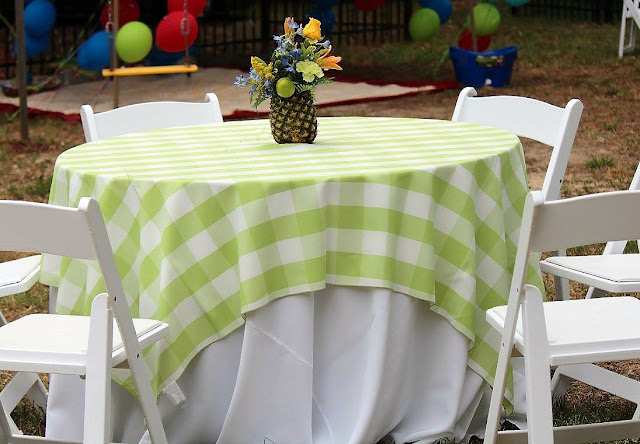One definition of etiquette is the customary code of polite behavior in society or among members of a particular profession or group. At it's most elemental form, etiquette is providing us a guideline to be courteous to each other. Being raised in the south by a mother who was a true southerner belle, etiquette was just a part of life. The awareness of the basics is an important factor in wedding invitation etiquette. There are a lot of emotions while planning a wedding so the more you can use basic emotionless guidelines the better.
 |
Addressing Invitations
Outer Envelopes:
- Outer envelopes should be addressed conventionally using titles and full names (first, middle and last).
- Middle initials aren't used, so either write out middle names (if known), or omit them.
- All other words should be written out (Street, Avenue, Post Office Box, North, Apartment, etc.)
- Proper etiquette indicates to write out the state name; however, the two-letter postal code abbreviation is also acceptable when dealing with limited space.
Inner Envelopes:
- Inner envelopes bear the title and last names of specific people invited. It is acceptable to write familiar names for family and close friends. Examples: Mr. and Mrs. Jones, Aunt Mary and Uncle Phil, Tom and Susan
- The names of children who are 18 years old and younger should be written on separate lines below their parents' names.
- The names of children who are 19 years old or older who still live at home with their parents should receive their own invitation.
- If inner envelopes are not being used, the children's names are written on the outer envelope below the names of their parents.
 |
Invitation Wording
- The first line of the invitation is the name of who is hosting the wedding...whether the bride's parents (traditional), bride and groom's parents, or the wedding couple. The hosts' names should be written out and include middle names and titles. (With the exception of Mr. and Mrs., all titles should be written out, unless the name is too long to fit on one line. Examples: Doctor and Mrs. Albert James Ness; Sergeant and Mrs. James Lee Ford.)
- The invitation line is where you directly invite your guests. When the wedding is being held in a place of worship, "the honour of your presence" phrase is used. When held at other locations, "the pleasure of your company" is traditionally used.
- The next lines list the names. Traditionally the bride's name is listed first. If the bride's last name is the same as her parents, only her first and middle name are included The groom's name should be written out and preceded by his appropriate title. Examples: Mr. Steven David Smith; Doctor Grant William Hall.
- The action line gives the information of the reason for the invitation. If the hosts are the bride's parents some examples of wording may be "At the celebration of their marriage" or "At the marriage of our daughter". You may have another phrase that you would prefer.
- The information line includes the time, date and location. Write out the date and year. It is not necessary to use "and" in the year line. Example: two thousand seventeen. Capitalize the day of the week and the month, but not the year. The phrase "half after" should be used when indicating time, rather than "half past" or "-thirty". It is not necessary to use the phrases "in the afternoon" and "in the evening". The city and state should be written out. If all guests are local, the state may be omitted.
- Last line is to give the information on what is to follow the ceremony...such as "Reception Admittedly Following" or you can include a Reception Card.
- You don’t want to mention anything about gifts on the wedding invitation...so no information on your wedding registry.
Additional Tips
- Use the names of all guests whenever possible. Using "and guest" just isn't warm and friendly.
- Get names, titles and addresses correct when addressing. It's impressive and flattering! When in doubt, ask.
- Invitation envelopes should always be handwritten. Printed labels are not acceptable. Consider hiring a calligrapher or enlisting the help of others if you feel overwhelmed.
- Before sealing the outer envelope, make absolutely sure that the names on the inner and outer envelopes match.
- Take an assembled invitation to the post office and have it weighed to ensure proper postage. If invitations vary (e.g., one for local guests, another for out-of-town guests) have each variation weighed.
- Mail all invitations at the same time. Don't wait to see how many will be attending from the first mailing before sending another. Simply estimate that 10 to 20 percent of invited guests will send regrets; doing this is so much better than using a standby guest list.




















